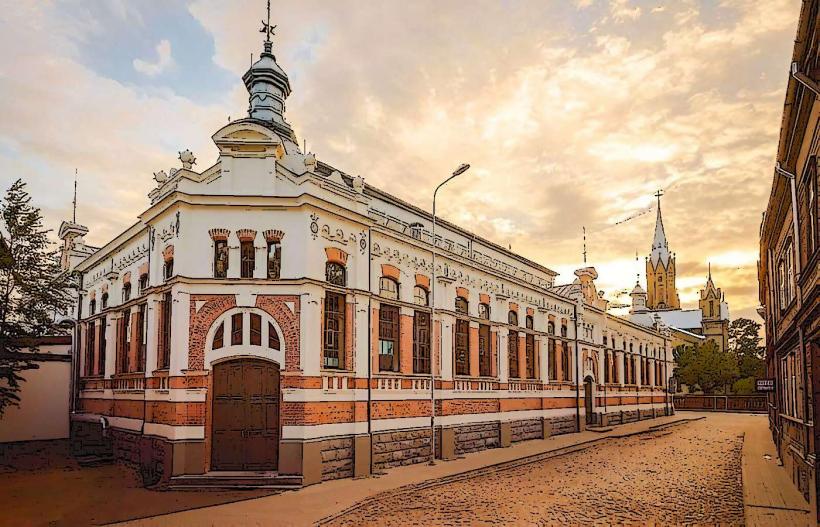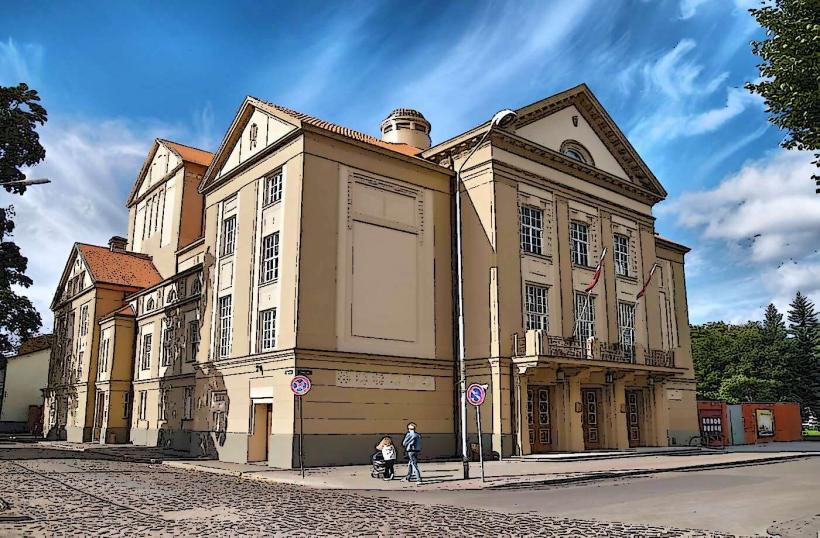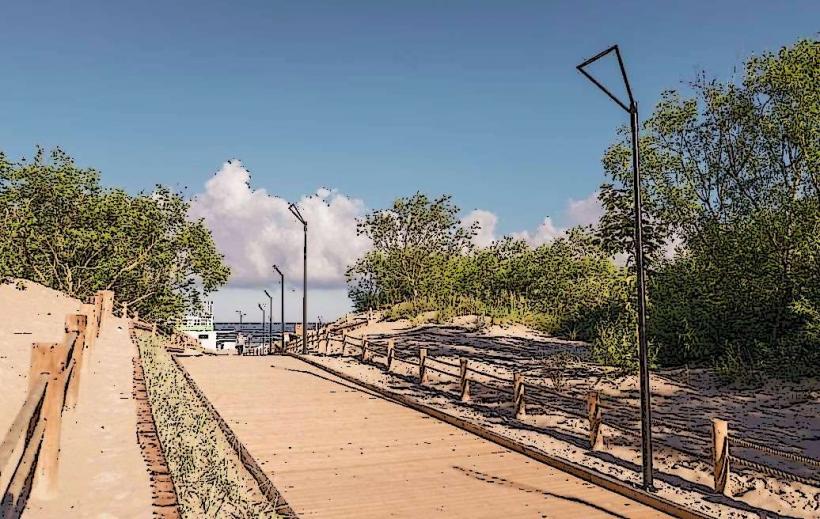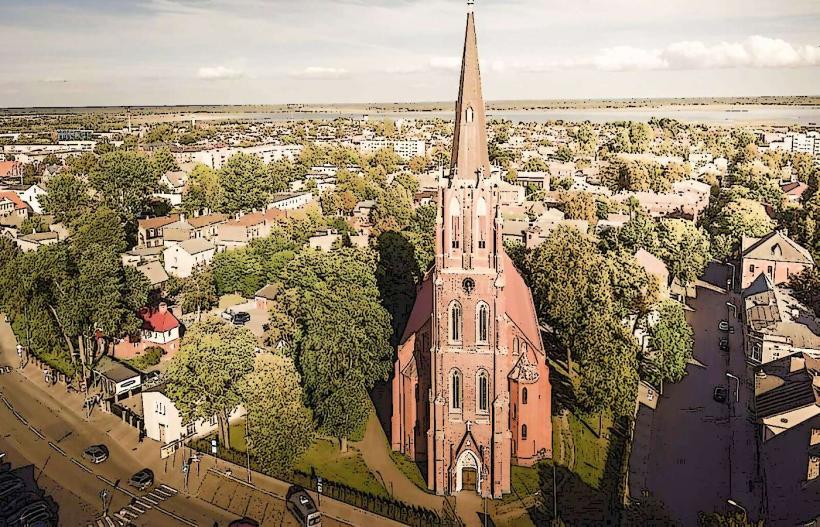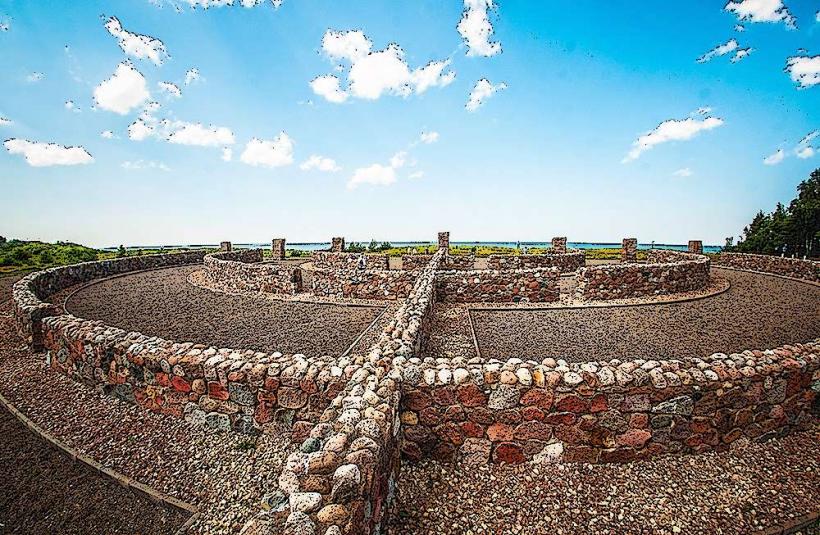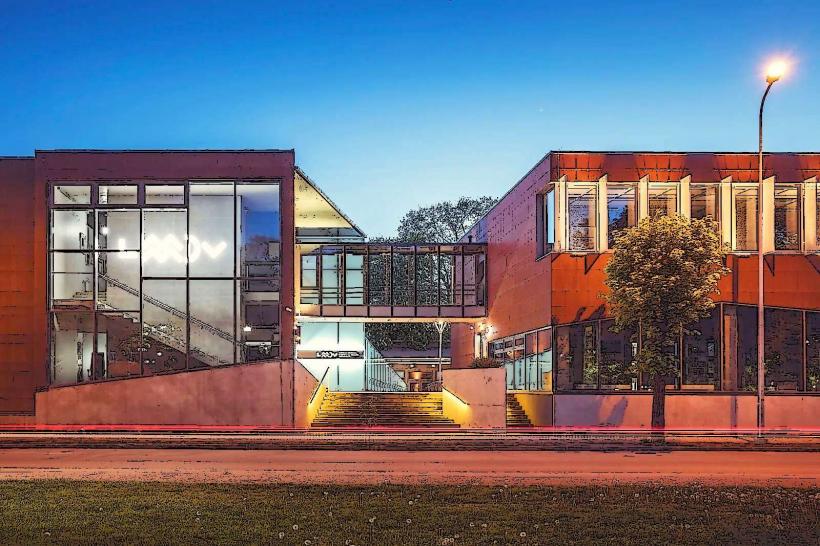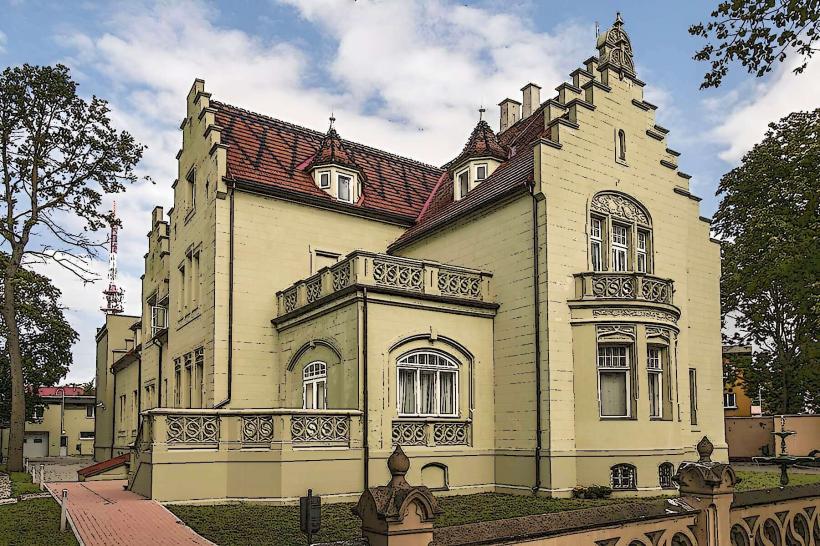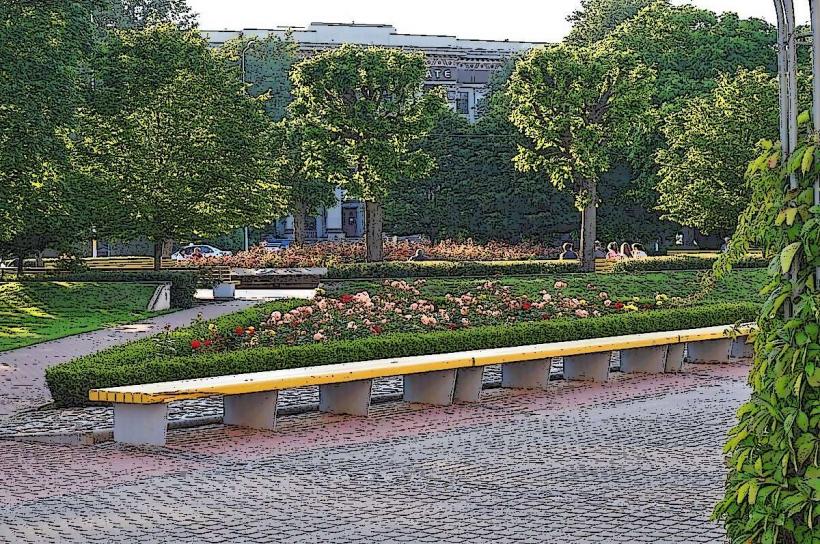Information
Landmark: Liepaja Railway StationCity: Liepaja
Country: Latvia
Continent: Europe
Liepāja Railway Station (Liepājas dzelzceļa stacija) is a significant transportation hub in the city of Liepāja, Latvia, located on the southwestern coast of the country. The station serves as a key link for both local and regional train travel, providing access to and from Liepāja, one of Latvia's major cities.
History and Background
Opening and Early Years: The Liepāja Railway Station was first opened in 1901, as part of the expansion of the Latvian railway network. The station was established to improve transportation links between Liepāja and other parts of Latvia, particularly with the capital, Riga, and the nearby Klaipėda (formerly part of East Prussia). The railway was integral to the development of the city as an industrial, cultural, and maritime hub during the early 20th century.
Soviet Era and Post-Independence: During the Soviet era, Liepāja Railway Station continued to be an important part of the railway system, serving both civilian and military purposes. After Latvia regained its independence in 1991, the station underwent modernization to improve services and infrastructure, adapting to the growing needs of local and international travelers.
Architecture and Design
Building and Exterior: The Liepāja Railway Station is an attractive example of early 20th-century architecture, blending elements of neoclassical and functional design typical of railway stations from that era. The building features a solid, traditional structure with a distinctive facade, large windows, and classical columns, giving it an imposing yet welcoming look.
Renovations: Over the years, the station has been renovated to ensure the comfort and convenience of travelers. Modern amenities have been integrated into the station while preserving its historical character. The station is spacious and designed to accommodate a steady flow of passengers, with areas for ticket sales, waiting rooms, and cafes.
Functionality and Services
Train Connections: Liepāja Railway Station offers both local and long-distance train services. It is part of the Latvian Railways network, providing direct connections to major cities such as Riga, as well as regional towns and smaller destinations in Latvia. In recent years, there have been efforts to improve railway connections and to enhance travel options for tourists, including services to the neighboring countries of Lithuania and Estonia.
Ticketing and Facilities: The station has a ticket office where passengers can purchase tickets for their journeys. There is also an online ticketing system for added convenience. Inside, the station features comfortable waiting areas, restrooms, and vending machines. Additionally, there are often cafe stalls offering snacks and drinks, which cater to both passengers and visitors.
Accessibility: The station is wheelchair accessible, with ramps and other facilities ensuring that people with mobility challenges can easily navigate the premises. It is also well-connected to other forms of public transport, including buses and taxis, making it easy for travelers to continue their journey once they arrive at the station.
Parking: There is ample parking space near the station for those traveling by car. Visitors can park their vehicles at designated areas, which are located close to the station building.
Role in the City and Regional Importance
Transport Hub: Liepāja Railway Station is a key part of the city’s infrastructure, serving as the primary point of entry for passengers traveling by train. It plays a critical role in ensuring that the city remains connected to the rest of Latvia and the broader Baltic region. The station also contributes to the local economy, with many businesses and services relying on the flow of passengers through the station.
Tourism and Local Culture: For tourists visiting Liepāja, the station is a convenient entry point into the city, and it provides easy access to the city’s key attractions, including the Seaside Promenade, Liepāja Beach, Liepāja Theatre, and historical sites like the Karosta Prison. It also facilitates travel to nearby destinations such as the Klaipėda region in Lithuania, which is known for its Baltic coast and cultural sites.
Economic Impact: Beyond tourism, the station serves as an important logistics and transport hub for businesses in Liepāja, which is a major port city. The efficient railway connection supports the city’s industrial sector, especially related to trade and shipping, making Liepāja a key player in Latvia’s economic landscape.
Modernization Plans
Recent Developments: Over the years, Liepāja Railway Station has seen upgrades to its infrastructure to accommodate increased passenger demand and improve overall services. In recent years, there have been efforts to modernize the station’s facilities, including the development of better waiting areas, improved ticketing systems, and the introduction of more frequent and faster trains.
Future Projects: There have been ongoing discussions about enhancing the train network in the region, with plans to potentially expand services and improve the station’s international connections. These initiatives aim to make travel to and from Liepāja more efficient, and to encourage more tourism to the city and surrounding areas.
Conclusion
Liepāja Railway Station is an integral part of the city’s transportation system, with a rich history dating back over a century. It serves as a major connection point for travelers heading to and from Liepāja, offering both local and long-distance train services. The station’s architectural charm, modern amenities, and central location make it an important gateway to the city, ensuring that visitors have a comfortable and accessible experience when traveling by rail. With its ongoing modernization, the station will continue to be a vital transportation hub for the city, supporting both local commuters and international travelers.


